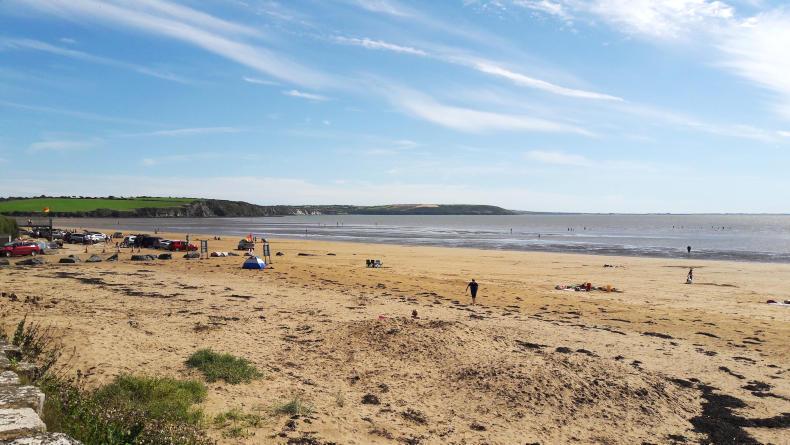Improving the general quality of our groundwater is not proving to be a simple issue despite the legislative constraints being imposed on farmers. Understanding the source of the problem is not simple and there are just not enough inspectors on the ground to enforce legislative controls.
For that reason, some environmental officers are looking towards the European Innovation Partnerships (EIP) programme to help bring together whole communities to discover and explain the leaks in the system and to propose ways of dealing with local issues which provide a better fit for each local situation.
Using the EIP programme, the county councils plan to bring together local communities to listen to the challenges encountered by locals and to take suggestions from the locals as to how best these local problems can be addressed into the future. To be successful, any of these partnerships would need total buy-in from all the local interests but when this happens such initiatives are also likely to have a stronger local policing component.
Innovation partnerships
As stated in last week’s article, Wexford County Council has a problem with declining water quality in some rivers and streams and it is now looking towards an EIP to search for alternative ways to address local environmental issues in the hope of having better success. So Wexford and other county councils plan to utilise EIA funding to help bring together all strands of local communities to address local environmental issues.
Last week, Brendan Cooney from Wexford County Council acknowledged the many challenges that the current legislative controls place on farmers. But the focus of these groups would be to take advice from whole communities as to what solutions would be workable and acceptable to help reduce local problems.
The EIP has a potential €59m fund to encourage groups to implement innovative projects that contribute to rural development priorities. It must involve the co-operation of farmers, scientists, advisors, NGOs and others in the community.
This funding source can also be used to improve water management in a local area, including fertiliser and pesticide management. Mairead Shore is an agricultural scientist at Wexford County Council and she is attempting to head up one specific project in the county to help restore the blue flag status of Duncannon beach in the south of the county. The specific issue in Duncannon relates to bacterial contamination, both of the estuary itself and of some of the streams that feed into it at Duncannon.
The Duncannon blue-flag project
There is little doubt that part of the problem here relates to the direct disposal of municipal waste into the river from local villages. This issue must be dealt with through the construction of a new treatment plant to service all the local villages. This may be the major source of contamination but there are separate issues also.
Some of the streams entering the river at Duncannon carry high bacteria levels and these come through agricultural and residential countryside.
Brendan said that the council is already working with all of the relevant agencies, including Irish Water, to begin to put the necessary infrastructure in place to tackle these problems. But in solving what may be the bigger issues, it is equally important that the problems be sorted along the smaller streams.
Many of these may prove to be easily sorted, Mairead said, as some problems may relate to lack of understanding rather than structural issues.
So the challenge is to get people on the same wavelength to achieve common agreed objectives. “There is no one silver bullet for all situations,” Brendan stated.
The challenge is to get back to basics to help people understand the consequences of their actions. While nutrient management plans are being used to help limit nutrient loss from agricultural land, Brendan stated that they are not a solution in themselves. They play a part rather than provide a solution.
New approach
Because of their experiences, Brendan and Mairead suggest the need for a rethink on the policies that have not been successful to date. Any policy or set of objectives is far more likely to be successful when it is originated and owned from the start by the local community. Restoring ownership of the environment to the local community is likely to be far more responsive towards what needs to be done than institutional legislation.
The Duncannon project is only one of many such projects in the pipeline with the help of EIP funding. If and when local communities produce real environment and water benefits in a local area it is possible that the improvements could be far greater than have been achieved by legislation to date. We still need rules but one can realistically challenge calendar controls where people understand the implications of certain actions. Community action will tend to be self-policing.






 This is a subscriber-only article
This is a subscriber-only article









SHARING OPTIONS: